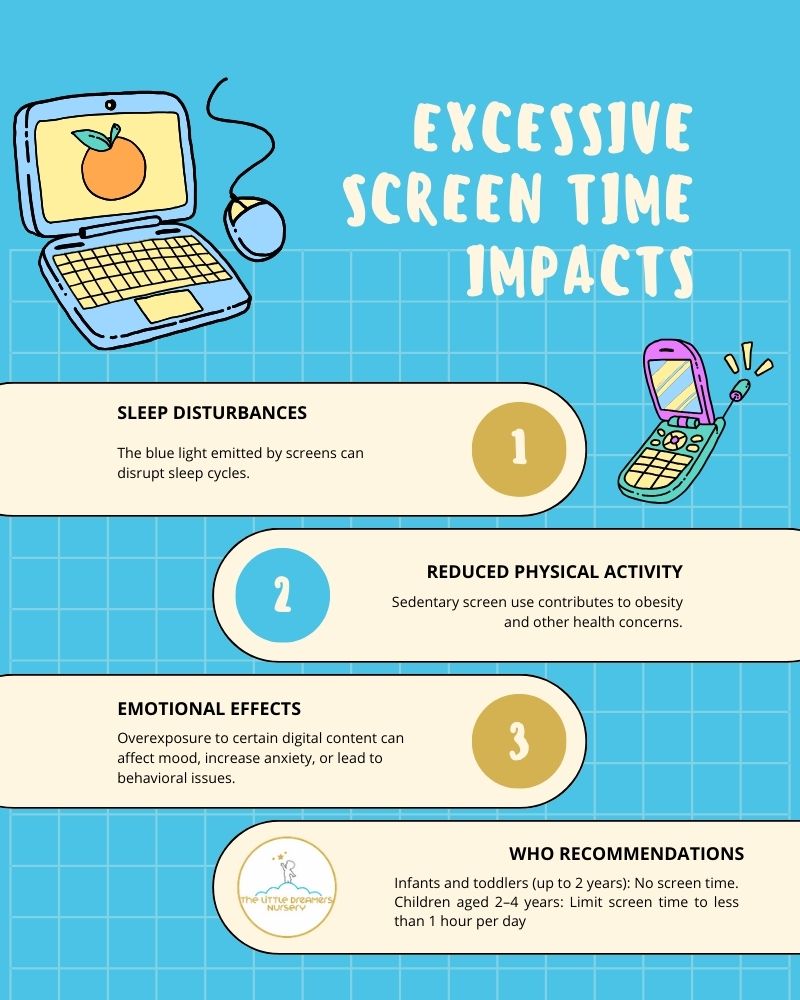Birmingham Initiative to Boost School Attendance Aligns with Sustainable Development Goals
Program Overview and Objectives
The City of Birmingham has launched a cash incentive program aimed at improving student attendance on the first day of the school year. This initiative, announced by Mayor Randall Woodfin, is designed to combat chronic absenteeism and ensure students begin the academic year prepared for success. The program is funded by a $43,000 grant from The Penny Foundation Inc.
- Objective: To reduce chronic absenteeism and improve educational outcomes by incentivizing first-day school attendance.
- Mechanism: Randomly selected families will receive a $500 cash bonus if their children are registered and present on the first day of classes. Two families from each city school will be chosen.
- Stakeholder Quote: “The first day of school sets the tone for the entire year,” stated Mayor Woodfin. “This investment is not just about attendance. It’s about building brighter futures for our children.”
Alignment with SDG 4: Quality Education
The program directly supports the objectives of Sustainable Development Goal 4, which aims to ensure inclusive and equitable quality education and promote lifelong learning opportunities for all. By addressing the foundational issue of attendance, the city is taking a critical step toward improving educational attainment.
- Target 4.1: By ensuring students are present from the start of the academic year, the initiative promotes the completion of equitable and quality primary and secondary education.
- Resource Allocation: As noted by Birmingham City Schools Superintendent Dr. Mark Sullivan, “Attendance on day one is critical… for determining the resources and funding our schools will receive for the entire year.” This directly links attendance to the quality of educational infrastructure and services.
Addressing Economic Disparities through SDGs 1 and 10
The financial component of the initiative addresses socioeconomic barriers that often contribute to poor school attendance, aligning with goals focused on poverty reduction and equality.
- SDG 1 (No Poverty): The $500 cash bonus provides direct financial relief to families, mitigating economic pressures that can prevent a child’s consistent access to education.
- SDG 10 (Reduced Inequalities): The program is designed to reduce inequalities in educational access by providing a universal opportunity for a financial bonus across all city schools, helping to level the playing field for students from various economic backgrounds.
- Related Efforts: This initiative complements the existing “Every Day Counts” partnership with the Housing Authority of the Birmingham District (HABD), which offers financial support toward housing expenses for families with perfect attendance, further contributing to poverty reduction and stability.
Fostering Sustainable Communities and Partnerships (SDGs 11 and 17)
The collaborative nature and community-focused goals of the program are central to the principles of SDGs 11 and 17.
- SDG 11 (Sustainable Cities and Communities): By investing in its youth and educational system, the city is fostering a more resilient, inclusive, and sustainable community for the future.
- SDG 17 (Partnerships for the Goals): The initiative is a prime example of a multi-stakeholder partnership, effectively mobilizing resources through the collaboration of:
- The City of Birmingham (Government)
- The Penny Foundation (Private Philanthropy)
- Birmingham City Schools (Public Institution)
Implementation and Eligibility Criteria
To qualify for the random drawing, families must adhere to the following requirements:
- Students must be officially registered for the school year.
- Students must be physically present in class on the first day of school, August 7.
- Student names will be randomly drawn from the official Birmingham City Schools information system.
- The $500 incentive will be awarded to the primary guardian of the selected student.
- Only one incentive payout will be awarded per household.
Analysis of Sustainable Development Goals in the Article
1. Which SDGs are addressed or connected to the issues highlighted in the article?
-
SDG 4: Quality Education
- The article’s central theme is an initiative to improve student attendance in Birmingham City Schools. The effort aims to “reduce chronic absenteeism” and “ensure that students are prepared for the start of the new year.” This directly relates to providing quality education, as consistent attendance is fundamental for learning and academic success. The mayor’s statement, “The first day of school sets the tone for the entire year,” underscores the focus on creating a conducive learning environment from the very beginning.
-
SDG 1: No Poverty
- The method used to encourage attendance is a cash incentive of $500 for randomly selected families. This suggests an acknowledgment of financial barriers that may prevent students from attending school. The executive director of the Penny Foundation states the goal is to “remove barriers for families.” Additionally, a related program mentioned offers “financial support towards housing expenses” for perfect attendance. These financial incentives act as social protection measures aimed at alleviating economic stress on vulnerable households, which is a core component of SDG 1.
-
SDG 17: Partnerships for the Goals
- The initiative is a collaborative effort involving multiple stakeholders. The article explicitly states that the City of Birmingham, led by Mayor Randall Woodfin, received a grant from the Penny Foundation Inc. to fund the program. The Birmingham City Schools district is also a key partner in implementing the initiative. This public-private partnership between a government entity, a private foundation, and a public school system to achieve a common goal is a direct example of SDG 17 in action.
2. What specific targets under those SDGs can be identified based on the article’s content?
-
Target 4.1: By 2030, ensure that all girls and boys complete free, equitable and quality primary and secondary education leading to relevant and effective learning outcomes.
- The article’s focus on reducing “chronic absenteeism” and ensuring students are “present on the first day of classes” is a foundational step toward achieving this target. Consistent school attendance is a prerequisite for completing an education and achieving effective learning outcomes. The superintendent’s comment that attendance is “critical… for our students’ learning” directly links the initiative to this target.
-
Target 1.3: Implement nationally appropriate social protection systems and measures for all, including floors, and by 2030 achieve substantial coverage of the poor and the vulnerable.
- The cash incentive program, although localized, functions as a social protection measure. It provides a direct financial benefit ($500 cash bonus) to vulnerable families to help them overcome barriers to education. The article also mentions another initiative providing “financial support towards housing expenses,” which further aligns with the implementation of social protection systems to support those in need.
-
Target 17.17: Encourage and promote effective public, public-private and civil society partnerships, building on the experience and resourcing strategies of partnerships.
- The entire program described is a result of such a partnership. The article details the collaboration: “The city got a grant for $43,000 from the Penny Foundation Inc.” and quotes the foundation’s director saying, “We are proud to partner with the city.” This partnership between the city government (public), the Penny Foundation (civil society/private), and the school district (public) exemplifies the multi-stakeholder collaboration promoted by this target.
3. Are there any indicators mentioned or implied in the article that can be used to measure progress towards the identified targets?
-
For Target 4.1 (Quality Education):
- Indicator (Implied): The primary indicator is the rate of student attendance. The article’s goal is to “reduce chronic absenteeism.” Progress can be measured by tracking the percentage of students present on the first day of school compared to previous years and monitoring overall attendance rates throughout the school year. The superintendent also notes that first-day attendance determines “funding our schools will receive,” making it a critical metric.
-
For Target 1.3 (No Poverty):
- Indicator (Implied): The number of families or households benefiting from the social protection measure. The article specifies that “Two families from each city school will win random drawings for the $500.” This provides a clear, quantifiable indicator of the program’s reach. The total amount of financial assistance distributed ($43,000) is another direct indicator.
-
For Target 17.17 (Partnerships for the Goals):
- Indicator (Implied): The amount of financial resources mobilized through the partnership. The article explicitly states the value of the grant provided by the Penny Foundation: “$43,000.” This figure serves as a concrete indicator of the financial contribution leveraged through this public-private partnership to support the educational goal.
Summary of Findings
| SDGs | Targets | Indicators |
|---|---|---|
| SDG 4: Quality Education | Target 4.1: Ensure that all girls and boys complete free, equitable and quality primary and secondary education. | Rate of student attendance: The initiative’s success is measured by its ability to “reduce chronic absenteeism” and increase the number of students “present on the first day of classes.” |
| SDG 1: No Poverty | Target 1.3: Implement nationally appropriate social protection systems and measures for all. | Number of families receiving financial support: “Two families from each city school will win random drawings for the $500.” |
| SDG 17: Partnerships for the Goals | Target 17.17: Encourage and promote effective public, public-private and civil society partnerships. | Amount of financial resources mobilized: “The city got a grant for $43,000 from the Penny Foundation Inc.” to fund the incentives. |
Source: al.com







